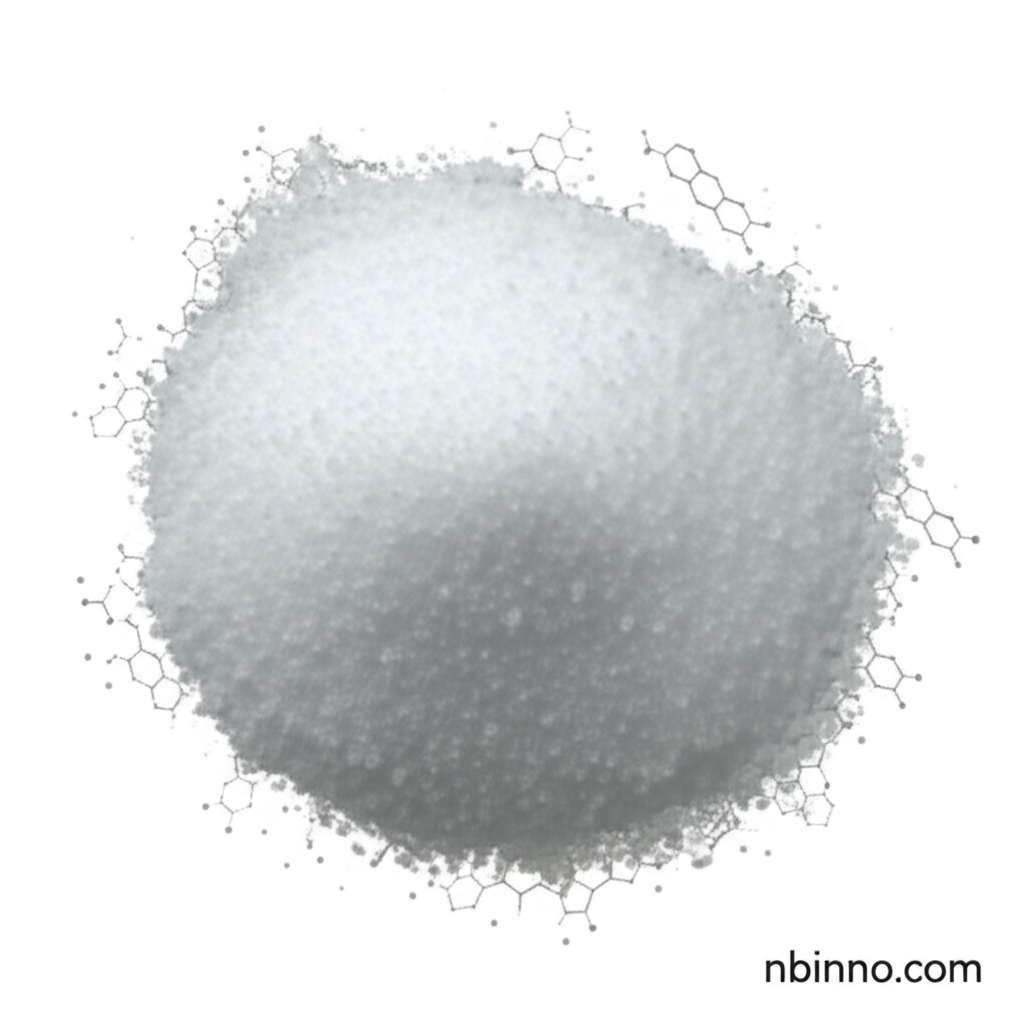Advanced Diethyl 2,5-bis(thiophen-2-yl)benzene-1,4-dicarboxylate for Optoelectronic Innovation
Discover high-purity diethyl 2,5-bis(thiophen-2-yl)benzene-1,4-dicarboxylate, a key material for next-generation OLED and OPV devices.
Get a Quote & SampleProduct Core Value

Diethyl 2,5-bis(thiophen-2-yl)benzene-1,4-dicarboxylate
This advanced organic material, identified by CAS number 915224-39-4, is a crucial component in the development of high-performance Organic Light-Emitting Diodes (OLEDs) and Organic Photovoltaics (OPVs). Its molecular structure, C20H18O4S2, and molecular weight of 386.48 g/mol are optimized for electronic applications.
- Explore the unique properties of this diethyl 2,5-bis(thiophen-2-yl)benzene-1,4-dicarboxylate CAS 915224-39-4 for your cutting-edge projects.
- Sourcing high-purity organic electronic material like this is vital for achieving superior device efficiency.
- Investigate the benefits of using diethyl 2,5-di(thiophen-2-yl)terephthalate as a key component in your OLED device architecture.
- Learn how OPV material 1,4-bis(thiophen-2-yl)benzene-1,4-dicarboxylate contributes to improved solar energy conversion.
Key Advantages
Enhanced Device Performance
The high purity of this material, often specified as 97% Min., ensures reliable performance and longevity in demanding optoelectronic applications, contributing to efficient energy conversion.
Versatile Application Potential
This compound serves as a fundamental building block for advanced electronic chemicals, enabling innovation in both OLED displays and OPV solar cells, demonstrating its versatility in the market.
Optimized Molecular Structure
With a molecular weight of 386.48 g/mol and a boiling point of 563.6±50.0℃ at 760 mmHg, its specific properties make it ideal for integration into complex organic electronic systems, facilitating precise control over device characteristics.
Key Applications
OLED Technology
Essential for advanced OLED displays, this material contributes to improved brightness, color purity, and operational stability, making it a sought-after component in the electronics industry.
Organic Photovoltaics (OPV)
As a critical component in OPV devices, it aids in efficient charge transport and light absorption, paving the way for next-generation solar energy solutions.
Electronic Chemical Intermediates
Its versatile chemical structure makes it a valuable intermediate for synthesizing other advanced electronic chemicals, supporting ongoing research and development in materials science.
Research and Development
Used extensively in R&D for novel semiconductor materials, this compound aids researchers in exploring new frontiers in organic electronics and pushing the boundaries of device performance.
